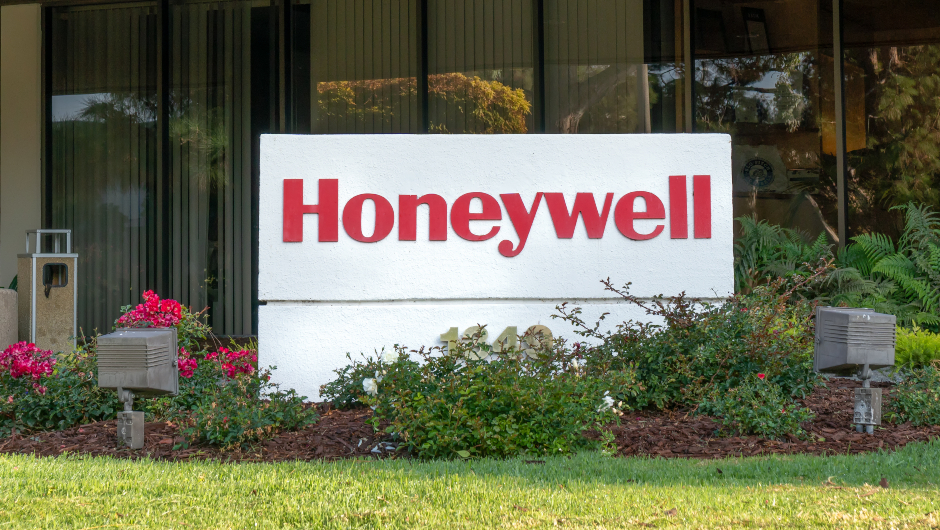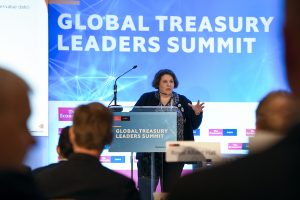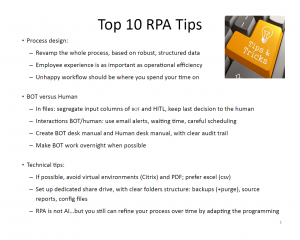Honeywell’s AI-free cash forecasting robots

Eschewing the complexity of AI, Honeywell is using RPA to improve forecasting processes, maximise cash available for investment and save time for the senior treasury analyst.
Recent months have seen a number of forward-looking treasurers adopting cutting-edge technology – from Microsoft’s epic digital transformation journey to Finnish power equipment manufacturer Wärtsilä’s extensive adoption of robotics.
Achieving timely and accurate cash forecasting is a major pain point for treasurers everywhere, so it should come as no surprise that this activity is a focus for some of these initiatives – as demonstrated by Pearson’s impressive use of AI to gain greater insights into the company’s cash flow and reduce borrowing by over £100m.
But not all forecasting projects are alike. For Honeywell, the scope of a recent initiative was on using robotic process automation (RPA) – without using AI – to fine-tune daily liquidity management by exploiting all available intraday flows.

Séverine Le Blévennec, Honeywell’s Senior Director Treasury, EMEA, explains that the project began two years ago following a PwC seminar focusing on robotics in the finance function. “When I came out, I thought, ‘I’m sure I can do something with this,’” Le Blévennec recalls. After some consideration she decided that a project to improve the company’s intraday cash forecast offered the greatest potential for time and cost savings.
The initiative took advantage of RPA training and technology provided by UiPath – incidentally the same provider chosen by Wärtsilä. The goal was to automate seven workflows related to same-day data and cash flows extracted from the company’s treasury management system, and from cash flows on affiliates’ bank accounts. “We wanted to make sure that we could maximise the amount of invested cash, while saving material time for the senior treasury analyst,” says Le Blévennec.
As such, the initiative was intended to automate repetitive processes without reducing headcount. “We’re not here to replace humans,” Le Blévennec comments. “We are here to take the very robotic aspects of the jobs of people away so that they can focus on important things, human activities and strategy.”
Bringing in the robots
So what exactly is RPA? “It’s a computer coded software that sits on top of your existing systems,” says Le Blévennec. “You program it to do a task – it’s like explaining it to an eight-year-old child.” Unlike AI and machine learning, the technology does not learn by itself – but as Le Blévennec notes, “that doesn’t mean you can’t improve your rules.”
What the technology can do is perform tasks like extracting data from documents, moving or creating files and deleting folders. “It’s like a human – it can log into a system, run a report, extract it – it’s very simple and works in your existing environment,” says Le Blévennec. She notes that the reliability of the technology, and the speed at which it works, are particularly attractive.

Honeywell now uses RPA to carry out a cash forecast twice a day – once in the morning, to gauge what is available for investment, and once in the afternoon. The following day, the team checks the results against the actual flows that took place to identify any variations.
The scope of the forecast includes calculating the available investment limit for the in-house bank. “We have the Honeywell limit towards our counterparties, and we know how much of this limit is allocated to the in-house bank,” says Le Blévennec. “But the banks may have maximum limits towards us, or minimum amounts that they want us to be using for certain products. We’ve put all the complexity into the Excel formulas so the robots can just run reports from our TMS and plug the data.”
What’s more, the RPA works at night and can accomplish tasks before the working day begins. Consequently, when the senior treasury analyst comes in in the morning, he knows exactly how much he can invest in euro or US dollar with its counterparties.
As a result of the project, Honeywell has saved two hours per day for the senior treasury analyst, freeing up time which can be spent analysing investment opportunities in more detail. “We’ve also decreased the uninvested cash,” says Le Blévennec. “We have more certainty in the forecast, so not only do we need less of a safety cushion for unadvised outgoing payments, we are also more aware of all the collections.”
In addition, the project has enabled the company to achieve more discipline within the finance centre. In the past, Le Blévennec notes, if the finance centre omitted to send the treasury information about outgoing payments, “maybe they were lucky and there were enough collections to compensate it. Now we look at the information separately.”
AI vs RPA
While treasuries of companies like Pearson and Microsoft may have opted for an AI/machine learning-based approach to forecasting, Le Blévennec emphasises that RPA does not learn by itself – any improvements have to be implemented by the treasury team. “It’s not the ultimate tool, but it’s a tool that is very easy to implement, and can be designed by people that are not too technical,” she notes.
That’s not to say Honeywell is averse to the possibilities of AI in this field. “If the purpose of the project had been to improve the forecast of business cash flows over a longer horizon, it would have made absolute sense to combine ERP data (with supplier names, invoices pipeline, payment terms, history of payment term deviation etc) with AI,” Le Blévennec concludes.